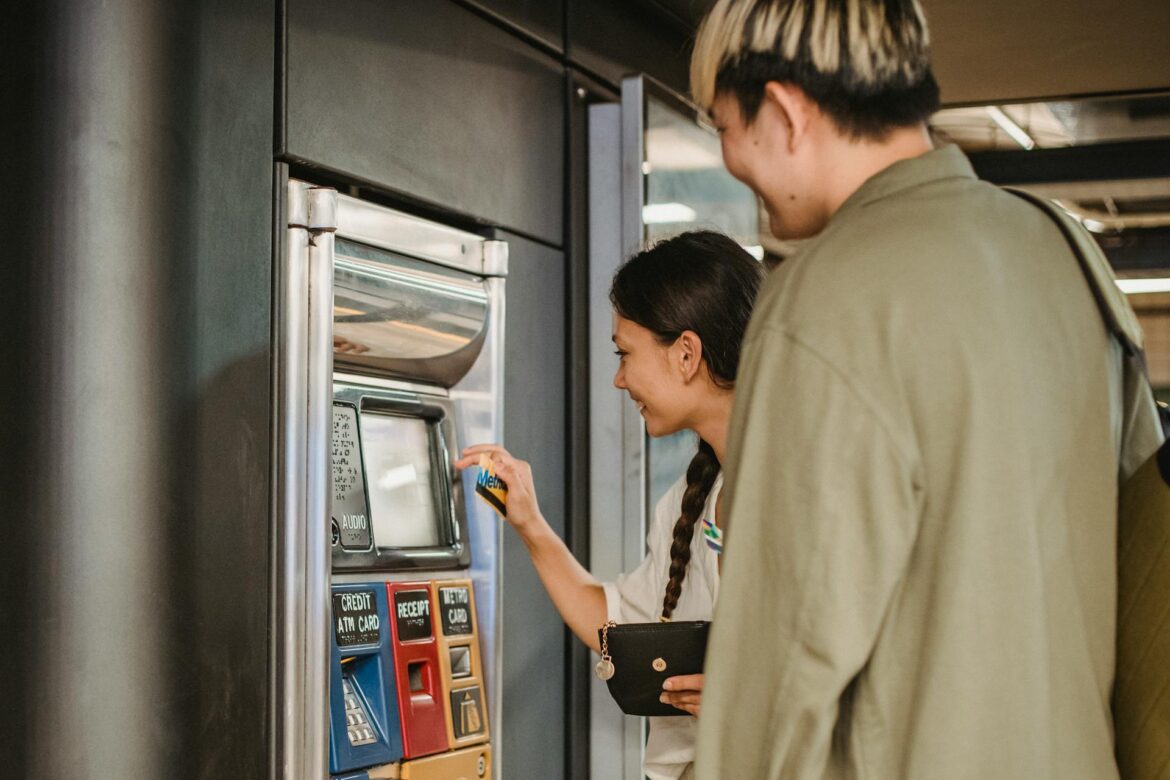Smart design in travel is revolutionizing the way travelers experience and interact with various aspects of their journey, from booking accommodations to exploring destinations. This article explores the impact of smart design on enhancing user experience in travel, highlighting how innovative design principles, technology integration, and user-centric approaches are reshaping the travel industry. By delving into the benefits, applications, challenges, and future trends of smart design in travel, we uncover how this approach is elevating the overall travel experience for modern-day adventurers.
The Significance of Smart Design in Travel
Smart design in travel focuses on creating seamless, intuitive, and engaging experiences for travelers by incorporating technology, aesthetics, functionality, and user-centric principles into every touchpoint of the journey. From mobile apps and websites to airport terminals and hotel rooms, smart design enhances usability, efficiency, and satisfaction for travelers seeking memorable and hassle-free travel experiences.
Benefits of Smart Design in Travel
- Enhanced User Experience: Smart design principles prioritize user needs, preferences, and behaviors to create intuitive interfaces, engaging visuals, and seamless interactions that enhance the overall travel experience.
- Efficient Navigation: User-friendly navigation systems, clear wayfinding signage, and intuitive layouts help travelers easily navigate through airports, hotels, attractions, and transportation hubs with minimal confusion or delays.
- Personalized Recommendations: Smart design incorporates data-driven insights to deliver personalized recommendations for accommodations, activities, dining options, and local attractions that align with individual traveler interests.
- Accessibility and Inclusivity: Smart design practices ensure accessibility features for travelers with disabilities, language translation options for international visitors, and inclusive design elements that cater to diverse user needs.
Applications of Smart Design in Travel
- Mobile Apps and Websites: User-friendly mobile apps and websites offer seamless booking experiences, real-time updates on flight status, interactive maps for navigation, personalized recommendations based on traveler preferences.
- Airport Terminals: Smart airport terminals feature self-service kiosks for check-in, automated bag drop systems, digital signage for flight information updates, biometric security screening for efficient passenger processing.
- Hotel Rooms: Smart hotel rooms incorporate IoT (Internet of Things) devices for room automation (lighting control, temperature adjustment), voice-activated assistants for guest services requests, digital concierge services for personalized recommendations.
- Transportation Services: Smart transportation services like ride-sharing apps offer real-time tracking of vehicles, contactless payment options, route optimization algorithms for efficient travel routes.
Challenges and Future Trends of Smart Design in Travel
- Integration Complexity: Ensuring seamless integration of smart design elements across various touchpoints of the travel journey requires collaboration between stakeholders to deliver a cohesive user experience.
- Data Privacy Concerns: Safeguarding traveler data privacy while implementing smart design solutions necessitates robust security measures to protect sensitive information from breaches or misuse.
- Augmented Reality (AR) Experiences: Future trends may include AR-enhanced travel experiences that offer interactive overlays of information on real-world scenes for enhanced sightseeing tours or navigation assistance.
In Conclusion: Smart design in travel is reshaping the industry by enhancing user experience through intuitive interfaces, personalized recommendations, efficient navigation systems that cater to modern-day travelers’ needs and preferences. As travel companies continue to embrace smart design principles to create memorable and seamless travel experiences that delight customers worldwide.
Examples of smart design
Some examples of smart design in the travel industry include:
- Wearable Technology:
- Smart luggage equipped with sensors for tracking and remote locking.
- Smart watches for flight tracking, notifications, and destination information.
- Virtual reality headsets for destination previews.
- Smart glasses for accessing information, translation, and notifications.
- Artificial Intelligence (AI):
- AI-powered personalization for tailored recommendations and services.
- Chatbots and online customer service enhancing booking processes.
- Predictive analytics for forecasting trends and personalized travel experiences.
- Internet of Things (IoT):
- IoT technology in hotel rooms for centralized control of devices.
- Suitcases with sensors in airports for passenger alerts and services.
- Augmented Reality (AR):
- AR apps for accessing destination information and learning about attractions.
- Contactless Payments:
- Wearable devices like smart watches enabling contactless payments for convenience and safety.
These examples showcase how smart design elements like wearable technology, AI integration, IoT applications, AR experiences, and contactless payments are transforming the travel industry to enhance user experiences and streamline travel processes



